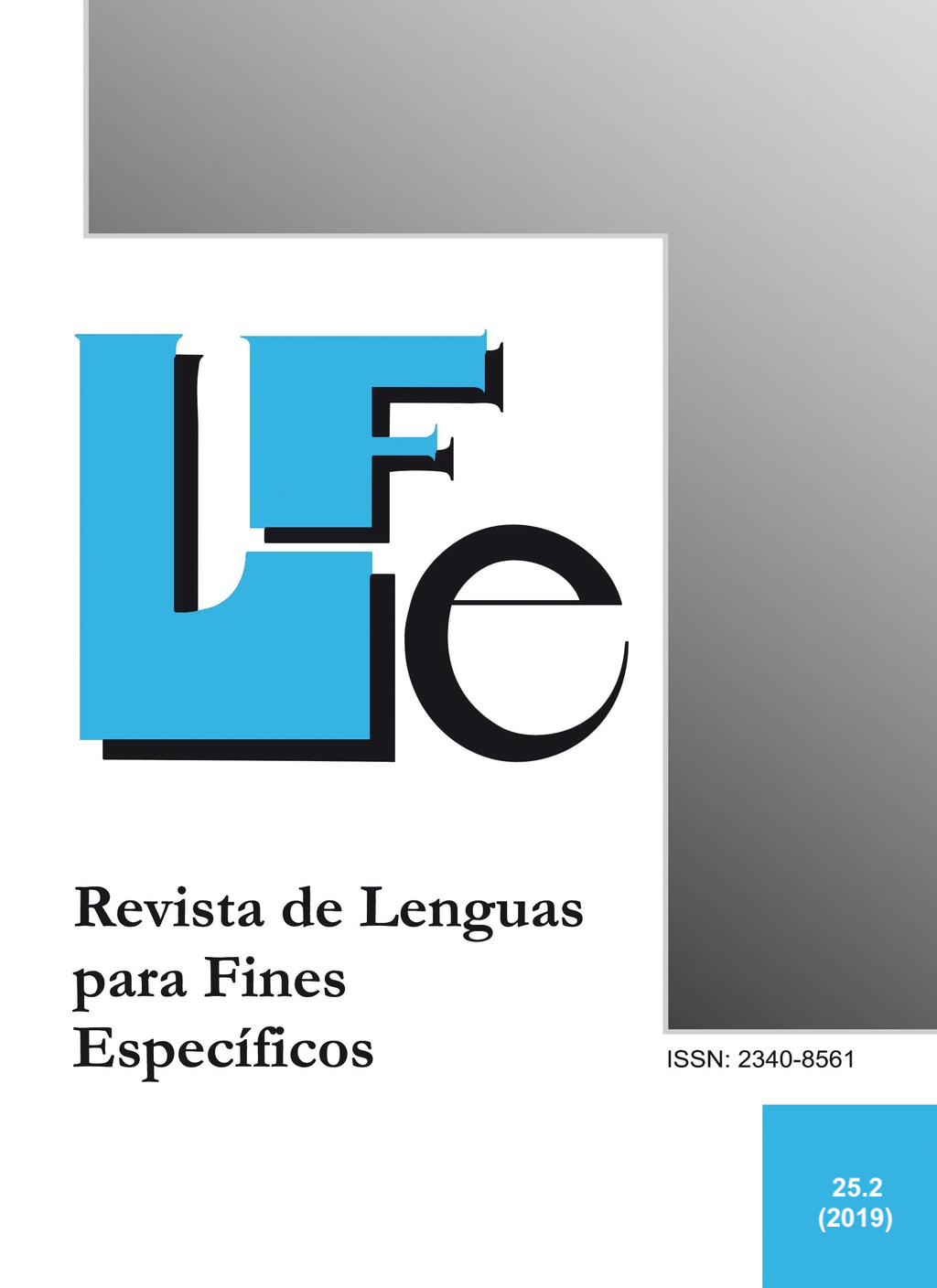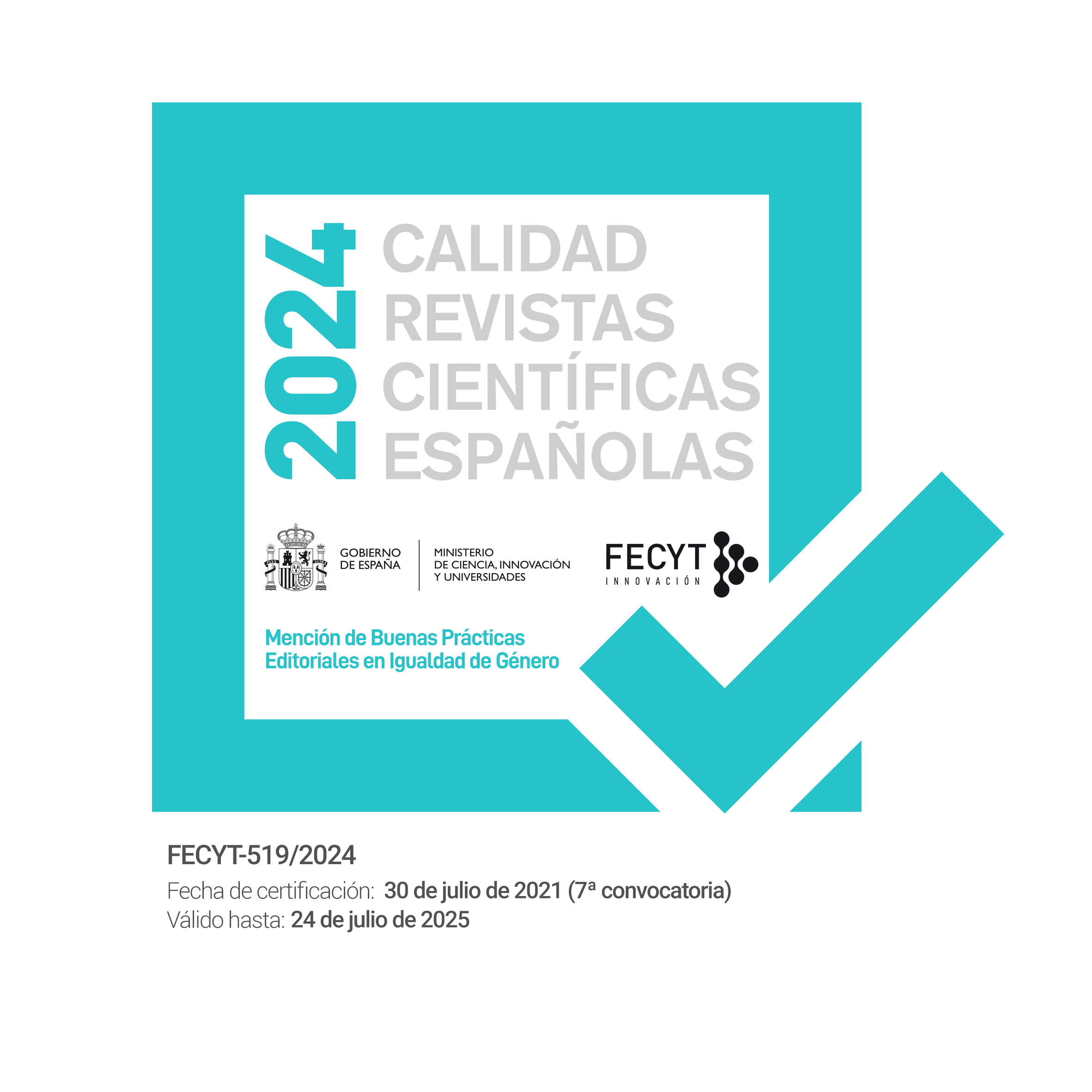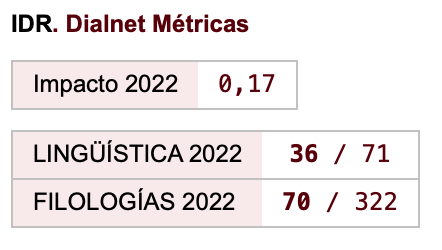Use of the podcast as a teaching resource for improving listening comprehension of English as a second language (L2)
Keywords:
teaching, ubiquitous learning, didactic resource, listeningAbstract
In a society in which the ubiquitous learning or u-learning (anytime, anywhere) is present in our everyday life and in which the teaching of a second language is not the teaching of a strict rules system, but of a system to obtain an efficient communication, the podcast is used as a didactic resource that helps students to develop the listening skill, in and out of the class. The main purpose of this article is a didactic proposal for the use of the podcast as a resource in the acquisition of a second language, in this study, English, emphasising not only the improvement in this skill, but also to diminish the student’s anxiety and to increase self-esteem, two key factors in the process of learning a language. A questionnaire was made to determine if the use of the podcast and the proposed activities were positive and motivating in relation to the improvement of the listening skill. The first results show that this resource has not only didactic advantages, but it can also be used as a reinforcement for students to maintain the contact with L2 out of the classroom.
Downloads
References
Aida, Y. (1994). Examination of Horwitz, Horwitz, and Cope’s construct of foreign language anxiety: The case of students of Japanese. Modern Language Journal, 78, 155-168.
Aniero, S. (1990). The influence of receiver apprehension among Puerto Rican college students (PhD tesis, New York University) en Dissertation Abstracts International, 50: 2300A.
Bailey, K. (1983). Competitiveness and anxiety in adult second language learning: Looking at and through the diary studies. En H. Seliger y M. Long (Eds.), Classroom-oriented research in second language acquisition (pp. 67-102). Rowley: Mass Newbury House.
Buck, G. (1995). How to become a good listening teacher. En D. Mendelsohn and J. Rubin (Eds.), A guide for the teaching of second language listening (pp.113-131). San Diego, California: Dominie Press, Inc.
Burbules, N. C. (2012). El aprendizaje ubicuo y el futuro de la enseñanza. Encounters in Theory and History of Education, 13, 3-14.
Byrnes, H. (1984). The role of listening comprehension: A theoretical base. Foreign Language Annals, 17(4), 317-329. Caspersz, D. y Stasinska, A. (2015). Can we teach effective listening? An exploratory study. Journal of University
Teaching & Learning Practice, 12(4), 1-13. Disponible en: http://ro.uow.edu.au/jutlp/vol12/iss4/2
Córdoba Cubillo, P., Coto Keith, R. y Ramírez Salas, M. (2005). La comprensión auditiva: definición, importancia, características, procesos, materiales y actividades. Revista Electrónica “Actualidades Investigativas en Educación”, 5(1), 1-17. Disponible en: http://www.redalyc.org/articulo.oa?id=44750107
Ford, W.S.Z., Wolvin, A.D., Chung, S. (2000). Student’s self-perceived listening competencies in the basic speech communication course. International Journal of Listening 14(1), 1-13
Harmer, J. (2007). The practice of English language teaching. 4th ed. London: Longman. Harmer, J. (2012). Essential teacher knowledge. Harlow, Essex, UK: Pearson Longman.
Horwitz, E.K. (2001). Language anxiety and achievement. Annual Review of Applied Linguistics, 21, 112-126.
Horwitz, E.K., Horwitz, M.B. y Cope, J. (1986). Foreign Language Classroom Anxiety. The Modern Language Journal, 70(2) (Summer, 1986), 125-132.
INTEF. (2017). Marco Común de Competencia Digital Docente - Septiembre 2017.
Kordaki, M. y Avouris, N. (2002). Essential issues for the design of open learning environments emerged from a field evaluation study. Journal for Applications in Information Technology, Special Issue for e-learning, 1-30.
Krashen, S.D. (1985). The input hypothesis: Issues and implications. London: Longman.
Lazzari, M. (2009). Creative use of podcasting in higher education and its effect on competitive agency, Computers and Education, 52(1), 27-34.
Liu, M. (2006). Anxiety in EFL classrooms: causes and consequences. TESL Reporter, 39, 13-32.
Lomas, C. y Osoro, A. (Coords.). (1998). El enfoque comunicativo de la enseñanza de la lengua. Barcelona: Paidós. Lord, G. (2008). Podcasting communities and second language production. Foreign Language Annals, 41, 364-379.
Low, B.E. y Sonntag, E. (2013). Towards a pedagogy of listening: Teaching and learning from life stories of human rights violations. Journal of Curriculum Studies, 45(6), 768-789.
Lynch, T. y Mendelsohn, D. (2002). Listening. En N. Schmitt (Ed.), An introduction to applied linguistics (pp. 193-210).
New York: Oxford.
MacIntyre, P.D. y Gardner, R.C. (1994). The subtle effects of language anxiety on cognitive processing in the second language. Language Learning, 41, 85-117.
McBride, K. (2009). Podcasts and second language learning. Promoting listening comprehension and intercultural competence. En L.B. Abraham y L. Williams (Eds.), Electronic Discourse in Language Learning and Language Teaching (pp. 153-167). John Benjamins Publishing Company.
Mendelsohn, D y Rubin, J. (1995). A guide for the teaching of second language listening. San Diego, California: Dominie Press.
Montes, J. y Ochoa, S. (2006). Apropiación de las tecnologías de la información y comunicación en cursos universitarios. Acta Colombiana de Psicología 9(2), 87-100.
Muñoz, J. y Mato, D. (2008). Análisis de las actitudes respecto a las matemáticas en los alumnos de ESO. Revista de Investigación Educativa, 26(1), 209-226.
Omaggio, A. (2001). Teaching language in context. Third Edition. Boston: Heinle & Heinle.
Oxford, R.L. (1999). Anxiety and the language learner: new insights. En J. Arnold (Ed.), Affect in language learning (pp.
-67). Cambridge: Cambridge University Press.
Podcast, n. OED Online. Oxford University Press, Marzo 2019. https://www-oed- com.bibproxy.ulpgc.es/view/Entry/273003?rskey=STTqoD&result=1&isAdvanced=false (acceso Marzo 18, 2019).
Recomendación del Parlamento Europeo y del Consejo de 18 de diciembre de 2006 sobre las competencias clave para el aprendizaje permanente (2006/962/CE). Diario Oficial de la Unión Europea L394 de 30/12/2006, 10-18.
Rost, M. (2002). Teaching and researching listening. Malaysia: Pearson Education.
Rost, M. (2014). Developing listening fluency in Asian EFL settings. En T. Muller, J. Adamson, P.S. Brown, S. Herder (Eds.), Exploring EFL Fluency in Asia (pp. 281-296). UK: Palgrave Macmillan.
Salman-Sabbah, S. (2018). Anxiety in learning English as a second language at a tertiary stage: causes and solutions.
European Journal of English Language and Literature Studies, 6(1), pp. 14-33.
Santiago, R. y Bárcena, E. (2016). El potencial del podcast como recurso didáctico para el desarrollo de las destrezas orales de segundas lenguas con dispositivos móviles. Monográfico I, pp. 61-72.
Solano, I. y Sánchez, M. (2010). Aprendiendo en cualquier lugar: el Podcast educativo. Revista de Medios y Educación, 36, 125-139.
Spielberger, C.D. (1983). Manual of the State-Trait anxiety inventory. Palo Alto, CA: Consulting Psychologists Press. Thompson, I. (1995). Assessment of Second/Foreign language listening comprehension. En D. Mendelsohn and J.
Rubin (Eds.), A guide for the teaching of second language listening (pp. 31-58). San Diego, California: Dominie Press,
Inc.
Triandis, H.C. (1971). Attitude and attitude change. New York: Wiley.
Ubillos, S., Mayordomo, S., y Páez, D. (2015). Actitudes: Definición y medición. Componentes de la actitud. Modelo de la acción razonada y acción planificada. En D. Páez, I. Fernández, S. Ubillos, S. y E. Zubieta (Coord.), Psicología Social, Cultural y Educación (pp. 301-326). Madrid: Pearson Educación.
Villaume, W. y Bodie, G. (2007). Discovering the listener within us: The impact of trait-like personality variables and communicator styles on preferences for listening style. International Journal of Listening, 21, 102-123.
Wan Salim, W.I., Subsamaniam, V. y Ali Termizi, A. (2017). Foreign Language Anxiety (FLA) in English language classroom. International Journal of Languages, Literature and Linguistics, 3(1), 5-12.
Woodrow, L. (2006). Anxiety and speaking English as a second language. Regional Language Centre Journal, 37(3), 308- 328.
Yang, R.L. (1993). A study of the communicative anxiety and self-esteem of Chinese students in relation to their oral and listening proficiency in English. Unpublished Ed.D., Universidad de Georgia, Georgia, Estados Unidos.
Young, D.J. (1991). Creating a low-anxiety classroom environment: What does the language anxiety research suggest? Modern Language Journal, 75(4), 426-439.
Downloads
Published
How to Cite
Issue
Section
License
Authors who publish with this journal agree to the following terms:
- Authors retain copyright and grant the journal right of first publication with the work simultaneously licensed under a Creative Commons Attribution License that allows others to share the work with an acknowledgement of the work's authorship and initial publication in this journal.
- Authors are able to enter into separate, additional contractual arrangements for the non-exclusive distribution of the journal's published version of the work (e.g., post it to an institutional repository or publish it in a book), with an acknowledgement of its initial publication in this journal.
- Authors are permitted and encouraged to post their work online (e.g., in institutional repositories or on their website) prior to and during the submission process, as it can lead to productive exchanges, as well as earlier and greater citation of published work (See The Effect of Open Access).

Revista de Lenguas para fines específicos is licensed under a Creative Commons Reconocimiento-NoComercial-SinObraDerivada 4.0 Internacional License.
























